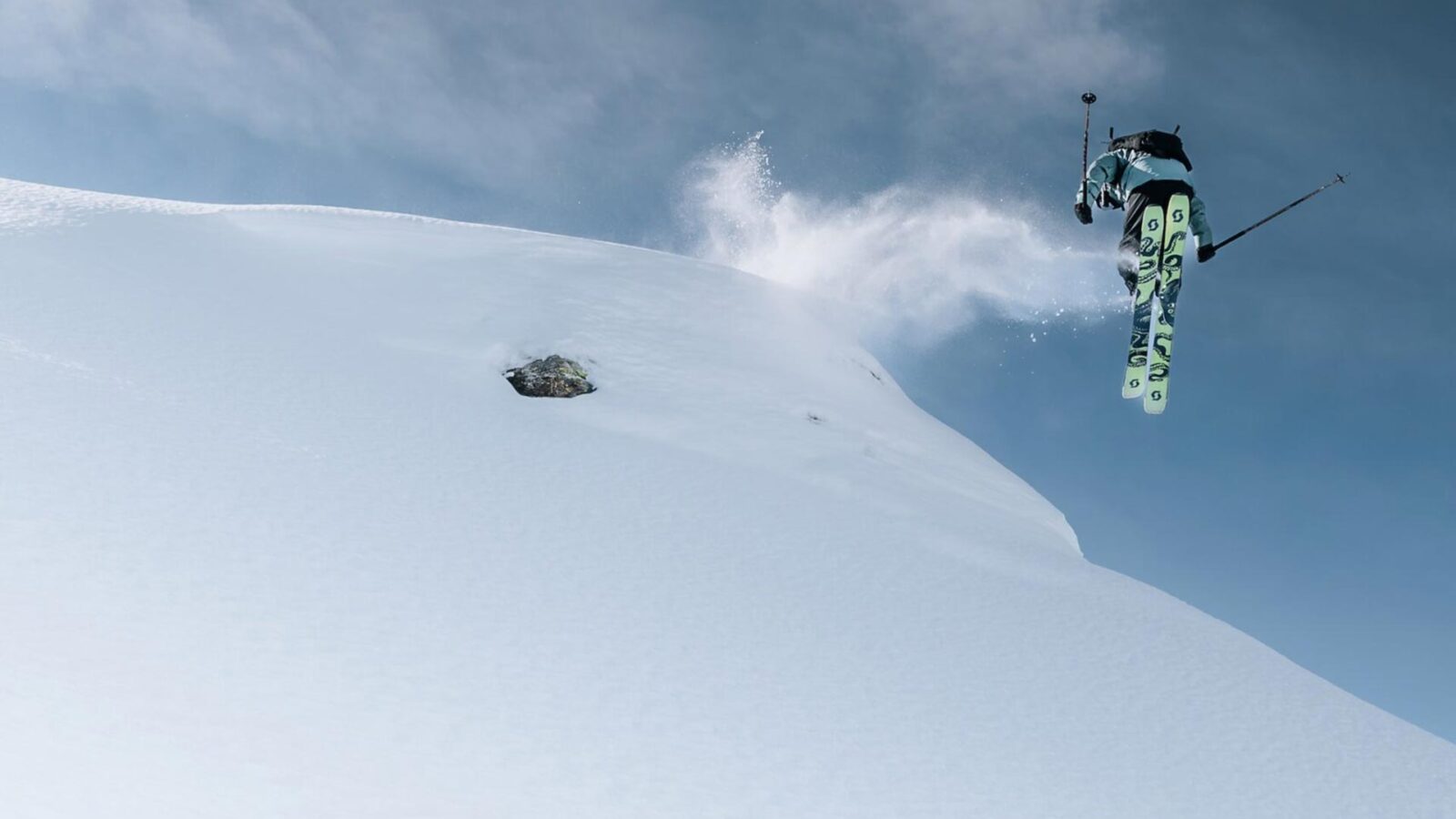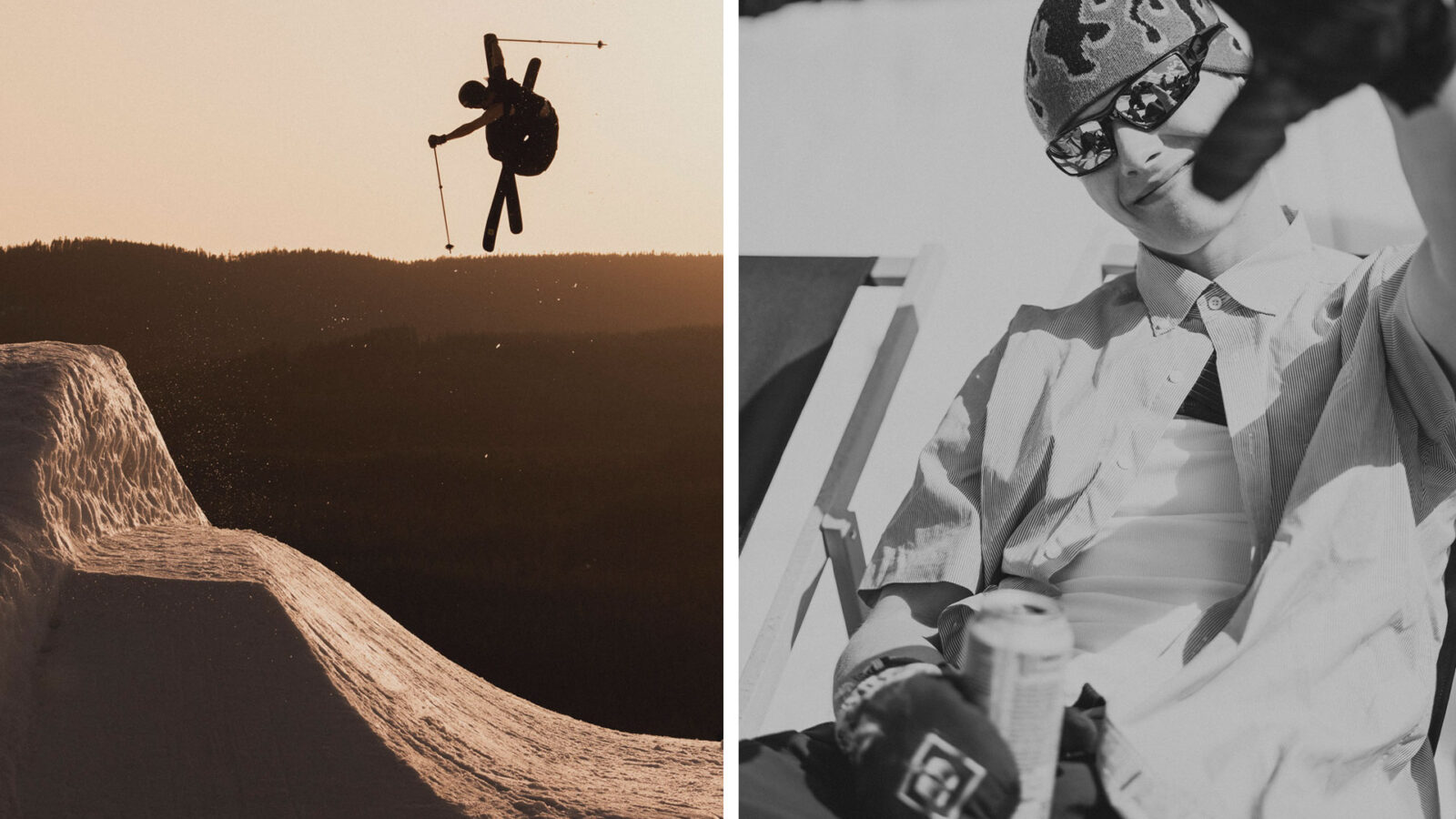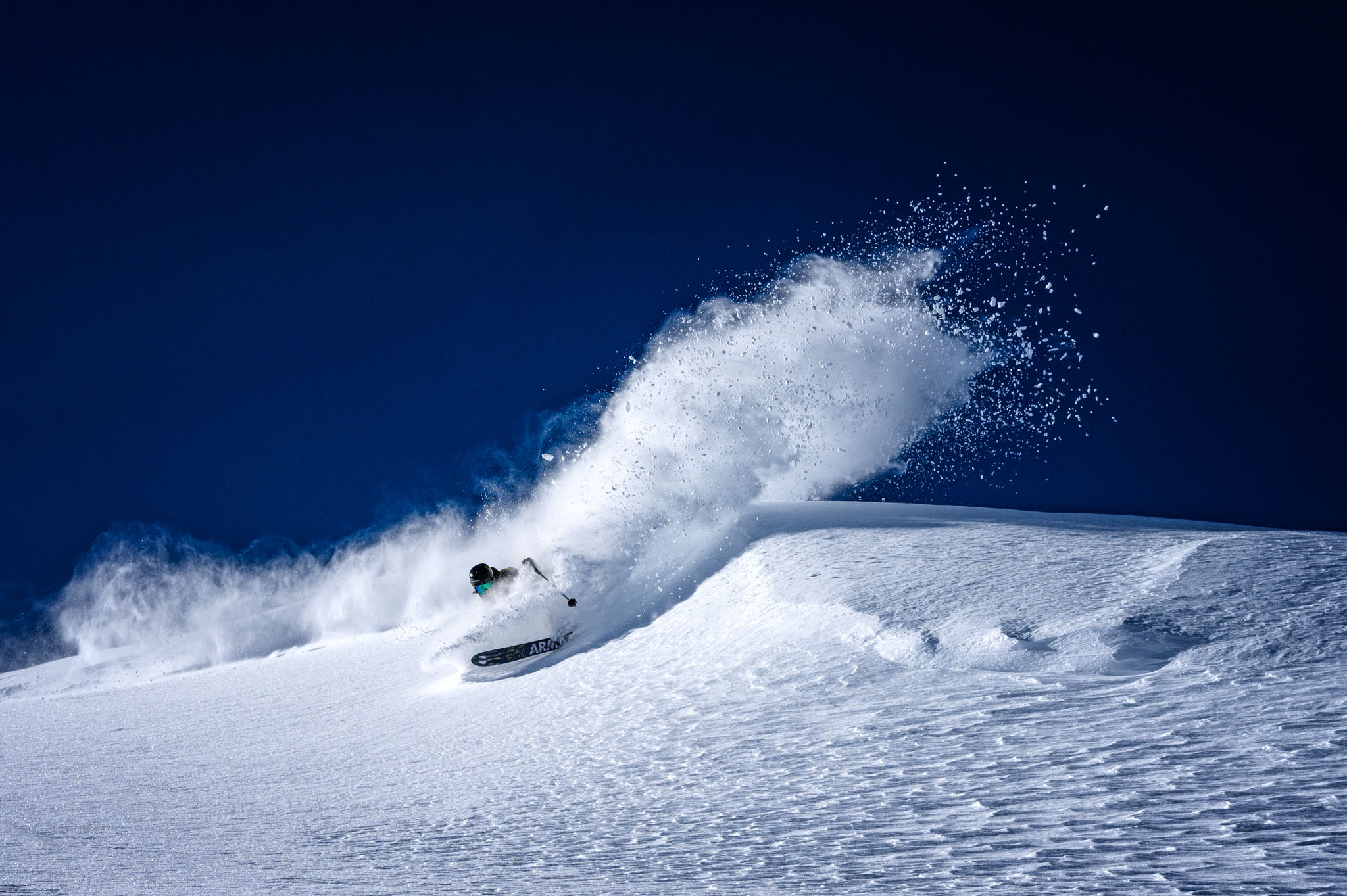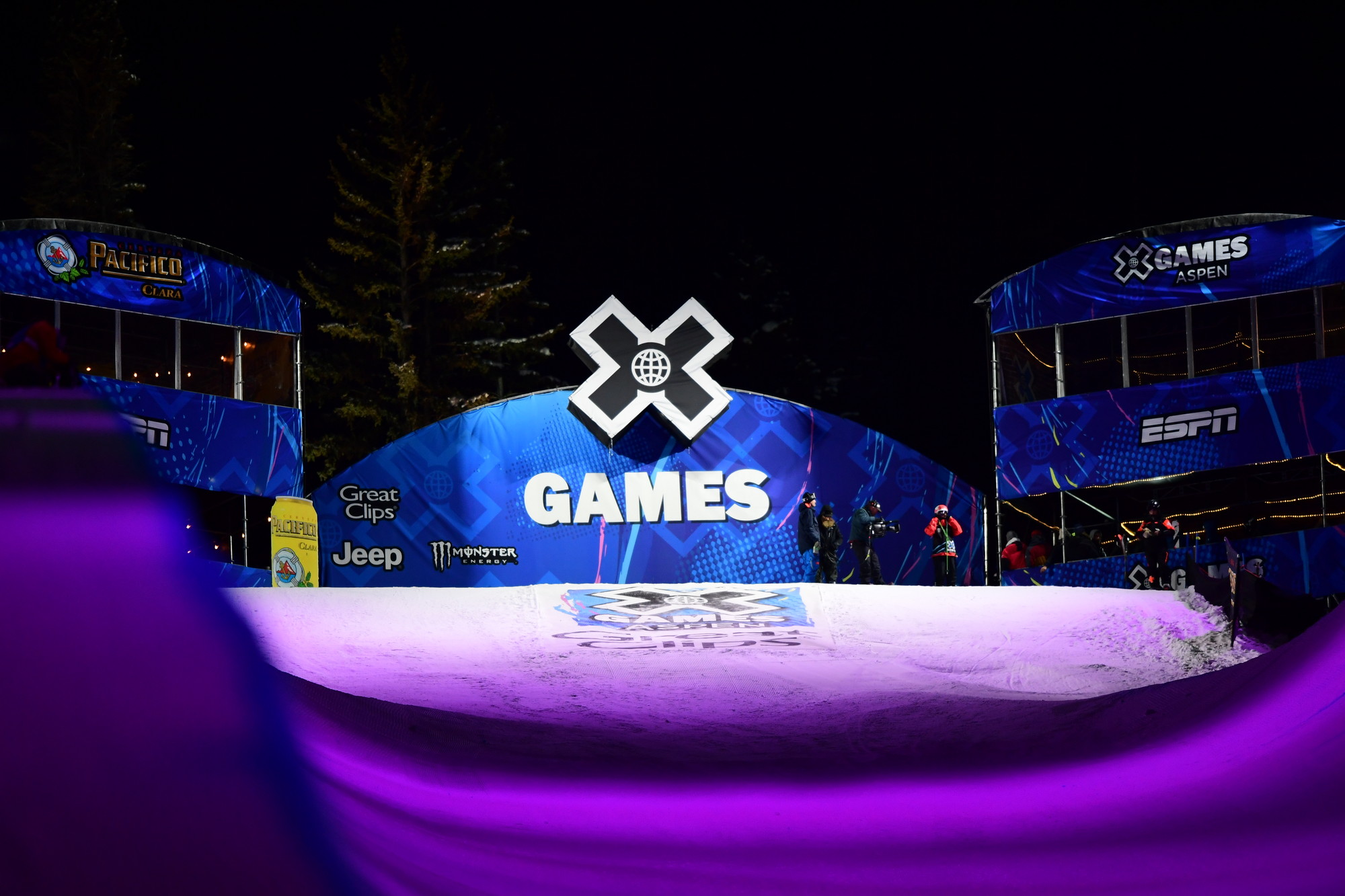
Stories
X Games judging rant
Opinion: The X Games’ new judging system is a steaming pile of cow dung
Okay, you’ve got a point: the title of this article is not just clickbait, it’s also wrong. After all, a steaming pile of cow dung is a valuable resource, good for fertilizing fields or making compost. Whereas the new X Games judging format is good for absolutely nothing.
Last week the X Games debuted a new judging system in all of their ski and snowboard contests. The new format tossed out the previous scheme of judging runs on a scale of 0 to 100, replacing this time-honored system with a vague format based on “Overall Impression” that ranks riders not on their best runs alone, but on their performance throughout the entire contest. This is a bad idea, and I will tell you why.
Before you get all hot and bothered, let me first say that I understand why the X Games made this move. In an ideal world, a judging system based on overall impression is a good thing that allows judges to truly determine the day’s best overall performer, while reducing the pressure on athletes to land their best runs. In the real world, however, it’s a flawed approach that hurts the sport and lessens the appeal of the contests themselves—including the desire of fans to watch them. In a nutshell, the X Games has shot themselves in the foot with this one.
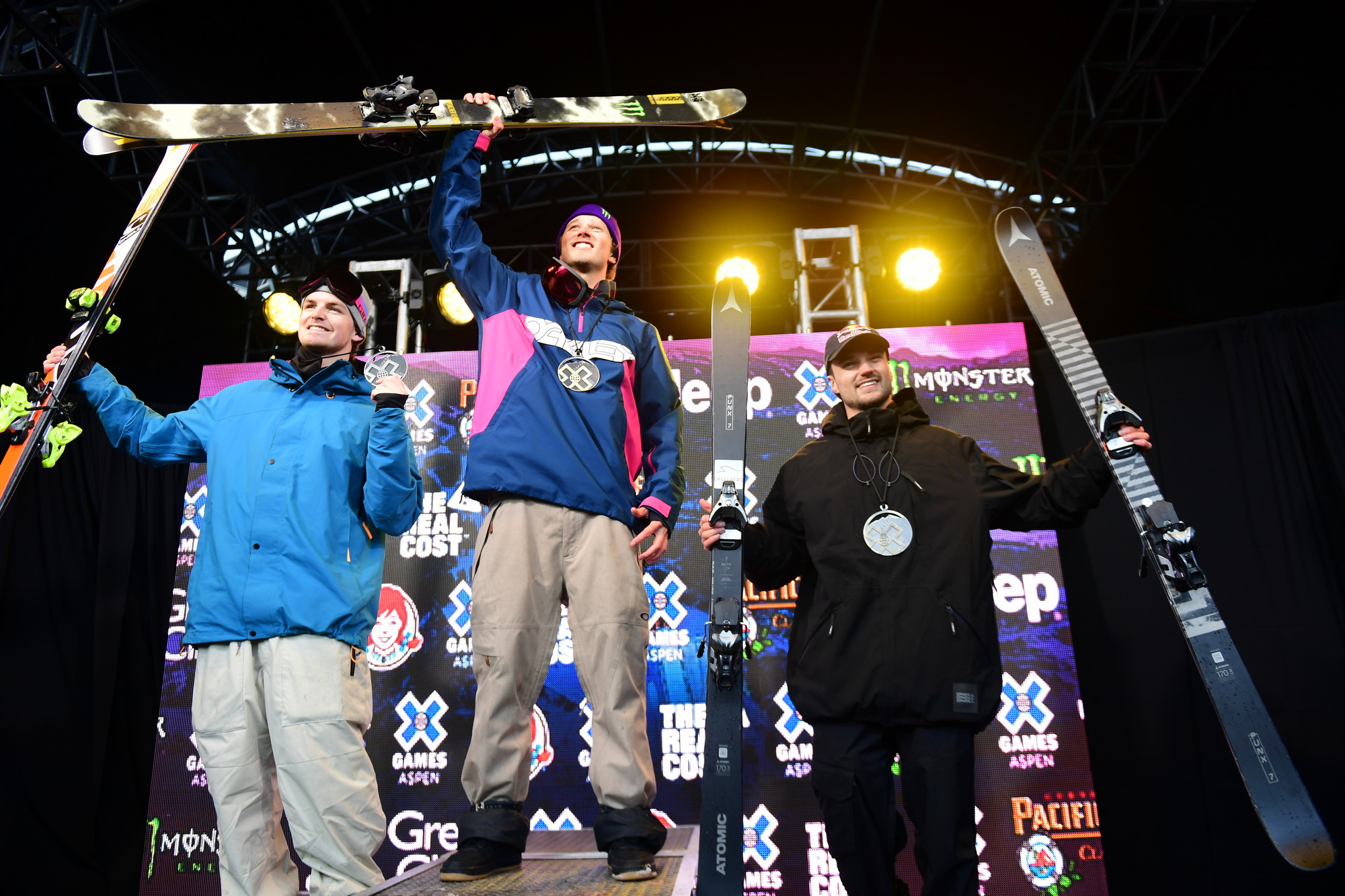
Overall Impression still does a decent job of placing the day´s most consistent and impressive riders on the podium. The way that it determines that placement, however, is entirely opaque. Photo: Eric Lars Bakke/ESPN Images
The arguments in favor of the new format go something like this:
Less pressure. Riders no longer have to focus on landing their single, best possible run. Instead, they can approach the contest in a more mellow fashion, working their way up to their best tricks, building different tricks into different runs—not trying to pack a bunch of gnarly shit into one go.
No throwaways. The new format does away with the concept of a “throwaway run.” Back in the good old days, if a rider screwed up on the first rail of the slopestyle course, they’d most likely take it easy through the rest of the course, focusing their efforts on the next run instead. For obvious reasons, multiple riders taking “chill” runs does not always make for the most captivating TV broadcast. The new format is intended to keep things more interesting by obligating riders to perform on every feature in every run, keeping the action coming for the viewing audience.
No judging delays. No more pesky minute-long delays at the end of the run. Again, this is a change intended to keep the X Games’ TV and livestream audiences tuned in. After all, who has time to sit around and wait while a judging panel meticulously reviews and debates a rider’s run before assigning it a score? Ain’t nobody got time for that.
Now, my reply to each of these points:
Pressure can be a good thing. Yes, it sounds like a lot of the athletes (at least the ones that made the podium) are quite stoked about the new format. I spoke to one former X athlete this week who said, “I wish this had been the format when I was riding!” I get it: less pressure to land your best run means you can enjoy the contest more. However, this doesn’t necessarily lead to a better overall result. This is supposed to be a competition, after all! Viewers want to see riders attempting their best—which historically has meant going all-out to land one huge run, rather than playing it conservatively and landing four mediocre runs without their most challenging tricks. If I want to watch people lapping through the park in a no-pressure situation, I can go to my local snowpark on any given day. That’s not what I tune into the X Games to see.
Throwaway runs can be useful. This is a minor point in the grand scheme, but I find it salient nonetheless. I’m familiar with the mindset of many competitors, and I can tell you that once you’ve made a mistake in your run, a switch flips in your head: you’ve already “thrown out” this run in your mind and are now thinking ahead to the next one. This process was obvious to see play out during last week’s contests. A run with a major mistake at the top of the course instantly becomes less valuable regardless of what you do at the bottom, and that hasn’t changed much in the new format. Though different riders approach this in different ways, many athletes have learned that once a mistake occurs, it’s best for them to instantly shift their focus towards their next chance at landing a full run. Maybe they'll still practice some of their tricks, but they certainly won’t be as driven to nail every feature perfectly. If your run shows a major flaw right off the bat, you might be better served by tossing it out and focusing your efforts on the next attempt, rather than trying to apply lipstick to a pig.
Taking time to judge properly is essential. In today’s highly developed, insanely technical competitive fields, the devil is in the details. Did that skier actually grab tail during that whirlwind double cork, or just stick his hand in the general vicinity of his ski? Was a trick really stomped clean, or was there a small bobble that went unnoticed? If the point of a contest is really to evaluate whose performance was best, then judges need all the time they can get to review and analyze a run. Otherwise, mistakes in the ranking can and will be made.
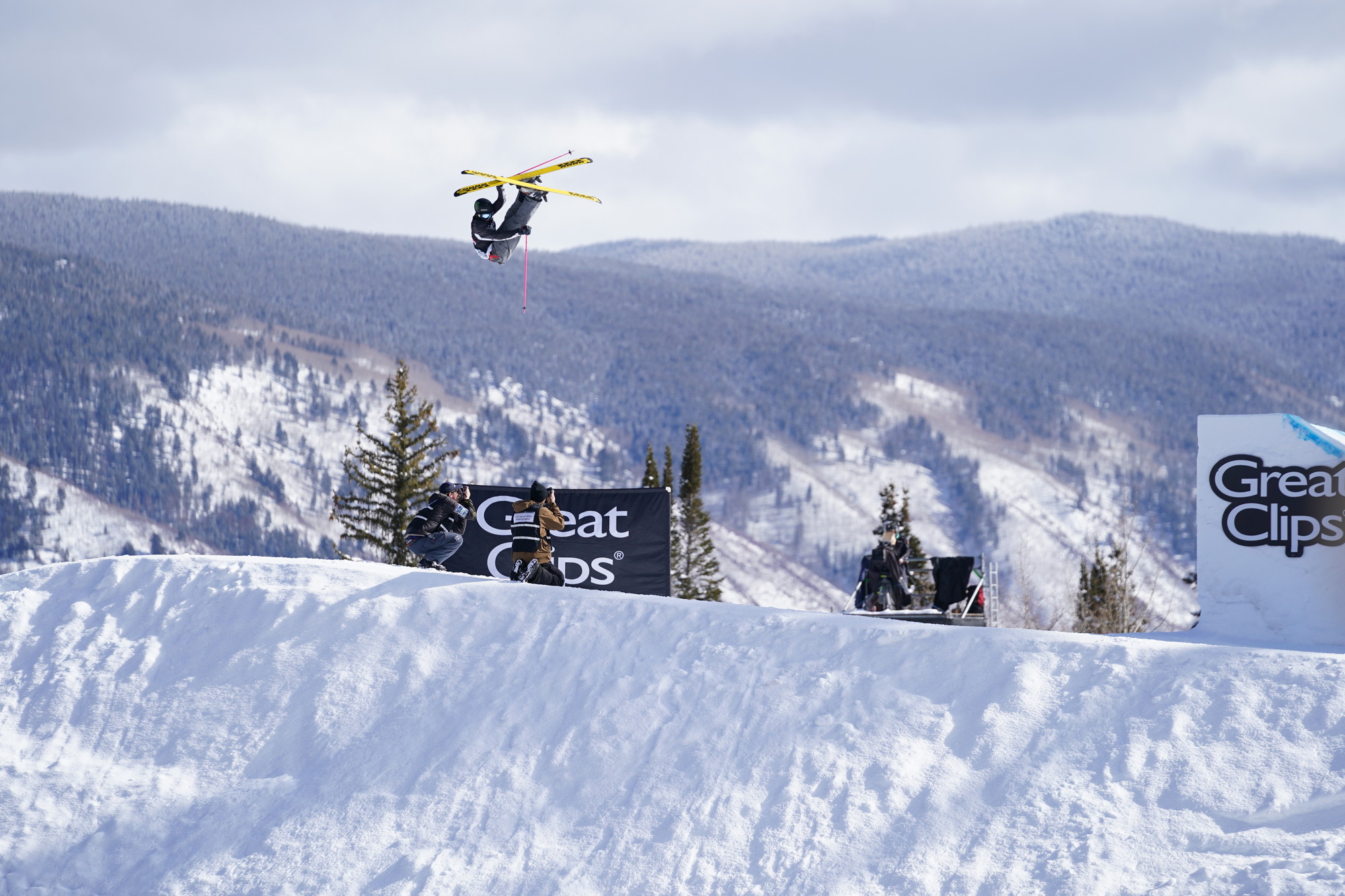
Overall Impression is supposed to encourage riders to do more creative, unusual tricks. Of course, no one´s kidding themselves that a run of style tricks will ever get you on the podium. Photo: Matt Morning/ESPN Photos
Though the X Games makes a big deal about the new format being “better for the athletes,” the so-called improvements are actually all intended for a single purpose: to make viewing more amenable to mainstream audiences on broadcast TV. People don’t want to watch throwaway runs of riders cruising casually through the course after they screwed up on the first rail. With modern attention spans now measured in milliseconds, any break in the action is a reason to change the channel. The solution? Keep the athletes sending for every available second of the broadcast.
The pause for judging at the end of runs is another opportunity to lose viewers. Who needs it? Don’t even bother with a score. Just arbitrarily slide some names around, call it good, and let the next guy drop. Am I right? I can imagine the conversation in the ESPN boardrooms:
ESPN Executive 1: “We’ve been looking at the numbers from last year’s X Games and noticed a significant drop-off in viewer numbers during the broadcasts. These numbers are rookie numbers. We have to get them up somehow.”
ESPN Executive 2: “Well, we’re wasting all this time judging runs. Why don’t the athletes just sent it the whole time? It’ll be like a big jam session, and at the end we just give some random guys medals. No one really cares anyway.”
ESPN Executive 1: “That’s a great idea. We don’t even need to give scores. It’s not an issue because most of the people watching can’t count above ten anyway.”
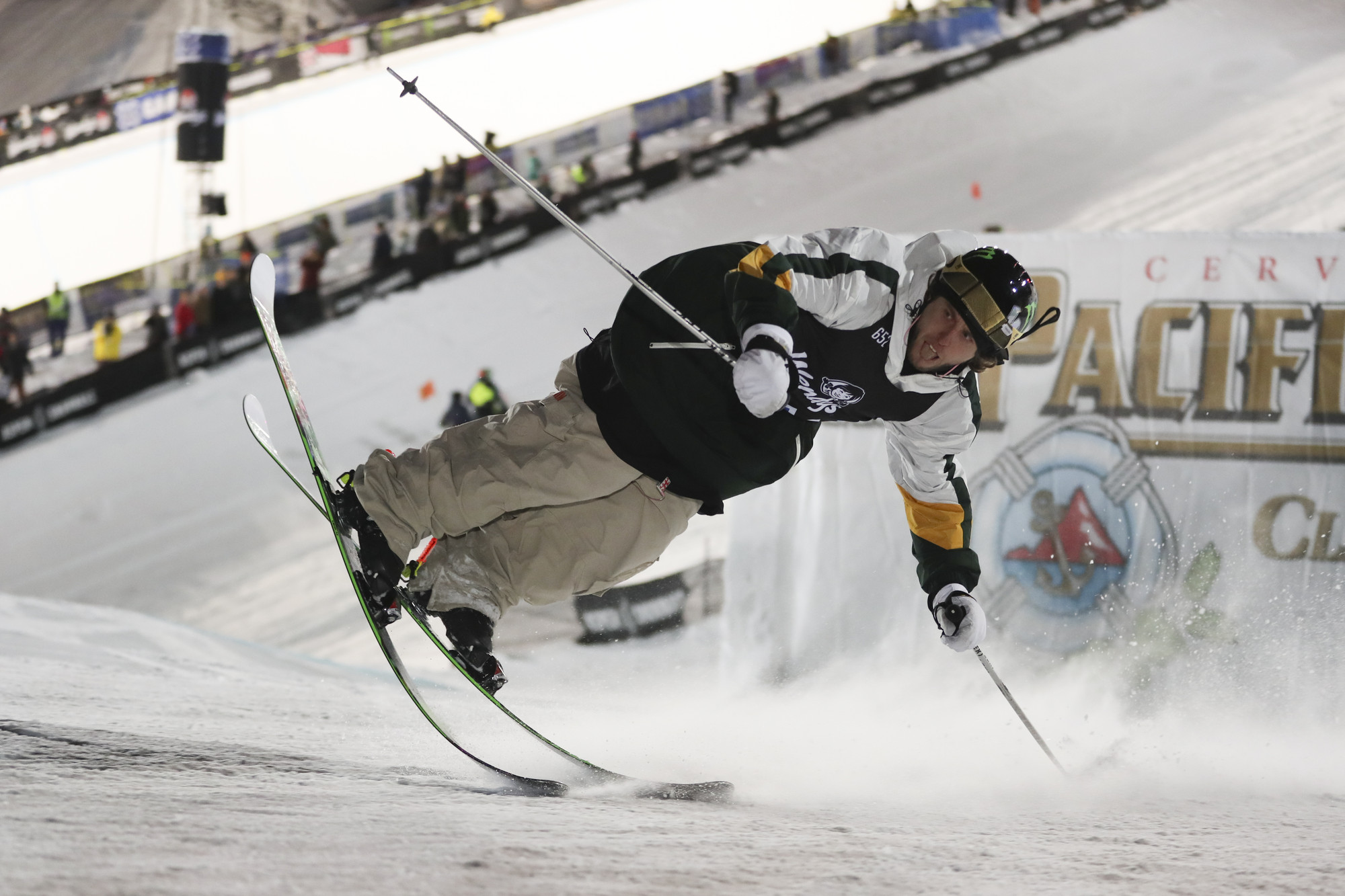
The new format works best in single-hit events like Knuckle Huck and Big Air. But even there, the rankings seem skewed towards spin-to-win over more creative approaches. Photo: Gabriel Christus/ESPN Images
With a few final points, I will rest my case. First, I will grant the X Games this: Overall Impression is a format that can work for events like Big Air and Knuckle Huck, where it’s easier to maintain an overview of what’s actually been done. Which makes it even more interesting that Knuckle Huck turned into a spin-to-win fest, and that the judges were apparently sleeping during all of Elias Syjä’s insane tricks during Big Air.
But don’t try to tell me that judges can maintain an accurate view of Overall Impression during Slopestyle or Superpipe, when riders are throwing down multiple tricks in each run. In fact, I’d argue that this is task is inhumanly difficult. Let’s do the math: a full slopestyle run on this year’s course involved at least seven different tricks. At four runs per rider, that’s 28 different tricks total. With eight riders in the final, that’s 224 different tricks overall. Somebody please explain to me how a judge is supposed to compare one rider’s 28 tricks against another rider’s 28 tricks without some kind of numerical scoring system to help them, because I’m just not getting it.
Another frustrating element of Overall Impression is that if a rider crashes on their first few runs, they have literally no incentive to drop in for any remaining runs. In the good old days of “best run wins” numerical scoring, a rider sitting in last place could completely upset the contest on their final run and take the win. It’s exactly this element of drama that’s kept X Games viewers glued to their screen for decades now: will rider X pull it all together on their final run? Under the Overall Impression regime, this high-stakes drama has been thrown out completely. If you’ve crashed on your first few runs, you might as well hang up your skis for the day, because there’s no chance you’ll move your ranking in any meaningful way with your final runs.
Of course, the X Games is allowed to run their contests any way they want, and at the very least, I can give props for having the courage to shake things up and try something new. But I will add this: if X sticks with this scoring system, they run the very real danger of no longer representing the pinnacle of action sports. FIS World Cups and the Olympics will continue to use best-run-wins numerical scoring, which at the end of the day pushes the level of competition higher than in the Overall Impression system. It could very well be that FIS-managed contest runs in the years to come will be performed at a higher level than X Games runs. They’ve even got a newish feature-based scoring system in place that is probably the most accurate system yet devised for scoring.
We watch the X Games to see legendary moments that will stand the test of time, from personal rivalries to last-minute, last-ditch acts of superhuman will that are remembered for years to come. Under the Overall Impression system, these memorable, dramatic moments are now less likely to occur.
What makes everything worse is that the X Games have been extremely opaque about the entire process. Who are the judging panels exactly? No word on that, even though in previous years it’s been standard to announce them during the contest. What exactly does Overall Impression entail? How is it broken down when it comes to style, technicality, originality, execution—all the elements that have been standard parts of judging for years now? No word on that, either. According to the X Games, ignorance is bliss: we simply have to accept the unnamed judges’ panels decisions with absolutely no transparency. This willful obstinance to presenting even the slightest bit of information about the new judging system makes it appear highly likely that this switch really has nothing to do with making thing easier for athletes, or creating better competitions, but rather is all about producing a broadcast optimized to keep viewers entertained. And it fails even at that.
Overall Impression may have its perks. But the way that the X Games has implemented it is bad for riders, bad for viewers, and bad for the sport as a whole. The organizers would be wise to consider if this is really the path they want to follow.
Don’t agree with my take? Drop me a mail at ethan@downdays.eu and tell me all about it.

